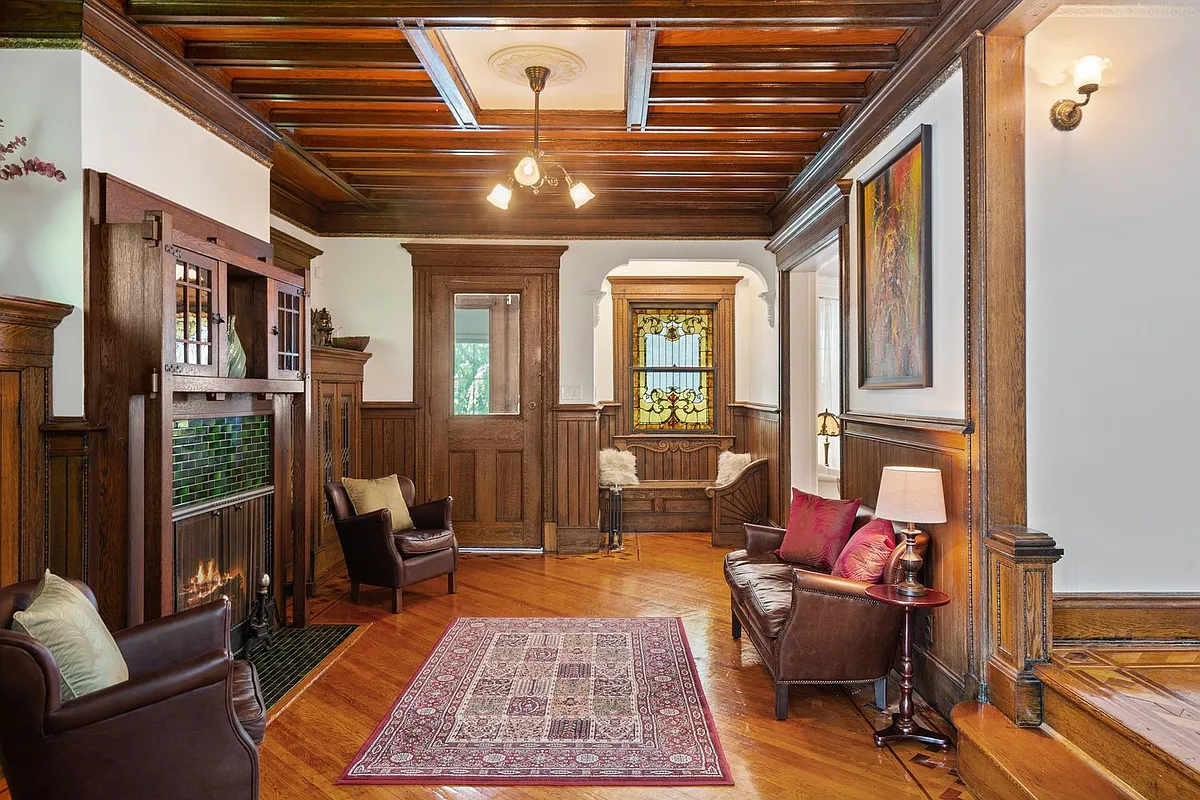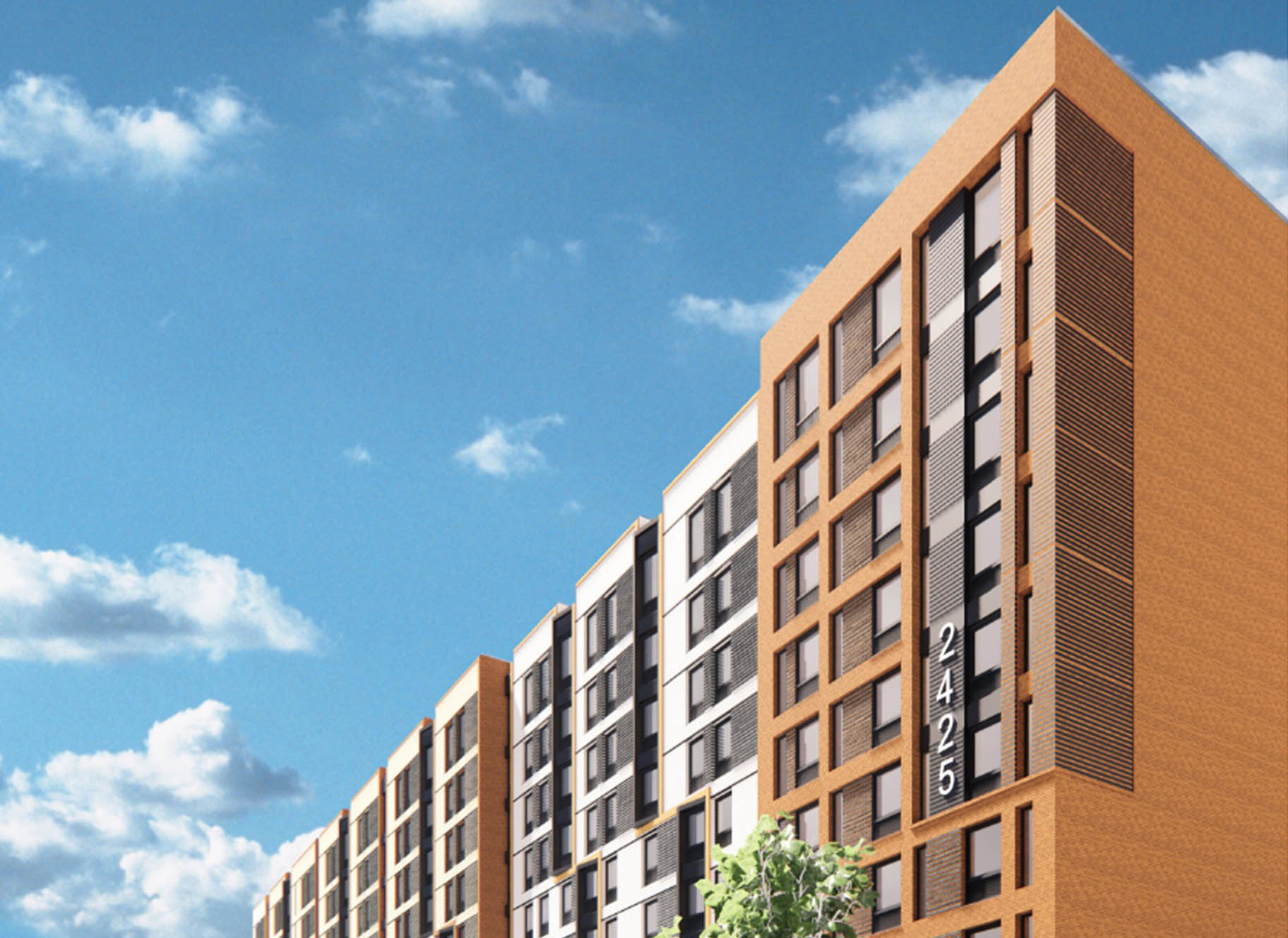Bigger But Not Better in The Slope
Looking at this kind of before-and-after is a good way to get depressed. The transformation of 561 11th Street was noticed and mused upon by the blog Save The Slope: We have no idea if the new building is great architecture or not. Personally we prefer the old building. One wonders, though, what has really…


Looking at this kind of before-and-after is a good way to get depressed. The transformation of 561 11th Street was noticed and mused upon by the blog Save The Slope:
We have no idea if the new building is great architecture or not. Personally we prefer the old building. One wonders, though, what has really been gained in this process? The new building is not dramatically larger than the old one. The old building could have been a 1- or 2-family; the new building appears to be a 3-family. Perhaps we have managed to squeeze another couple of people into Park Slope, which is great. Probably someone has made a lot of money in this transaction, or hopes to. But the one certainty is that we have lost a bit more of Park Slope’s historic fabric and unique “sense of place”.
Bummer.
11th Street: Another One Bites the Dust [Save The Slope] GMAP





tybur6 – I really have no idea what you mean
Ty;
In that manner, with this thread I’m adding you and jailbait to “Benson’s pantheon of notable ‘Stoner posters”.
Have a good weekend all!!!
fsrq — if I sent x-mas cards, I’d add you to my list.
tybur6 – bronxgrl
Even alot of the victorian Brownstones and Limestones were built cookie cutter – maybe a very ornate and fancy cookie cutter but cookie cutter none-the-less.
These buildings were the McMansions of the day, and in fact in many of the higher end Mcmansions of today you will see mosaics in fancy entry ways and/or on the fireplaces – while the detail and craftsmanship may have been much better 150yrs ago, the reality is and was the same – cookie cutter (even if beautiful) and I am not saying that these homes shouldnt often times be preserved but to be anti-cookie cutter and pro-brownstone is sort of oxymoronic
“I see lots of new construction in landmarked areas all over the city.”
Really – where I’ve seen some but certainly not “lots”
bxgrl — “jarring notes” aside, you are talking about two totally different animals. There are the fancy Victorian brownstones and there are the fancy limestone homes. These were, no doubt, built with great purpose… with great attention to detail (inside and out)… and were very concerned with matching their neighbors etc etc etc.
The house in this article is NOT one of these homes. These are the standard brick row houses — brick, lintels over doors and windows for structural reasons (not aesthetics) and some sort of standard roof thing (i don’t remember what that strip is called) They were built to house people, not for architectural reasons. They are VERY much like the suburban prefab, cookie cutter homes of today. Sure, they weren’t prefabricated, but they certainly could have been pointed at in a catalog if the builder had one.
Roof lines were, perhaps, considered… but if 3 more rows of brick were not in the budget… you didn’t get 3 more rows of brick.
I do not disagree, there are examples of architecture that need to be protected. There are blocks that should be protected (because of the examples you mentioned), but there is a limit! And replacing “standard” housing with a new “standard” housing doesn’t seem that terrible.
Benson, the south slope is NOT landmarked, therefore it is ridiculous to blame landmarking for the lack of development you would like to see in it.
Since you don’t like to actually respond to what I am saying, but make broad generalizations, let me once more say that most preservationists, including most of the ones in this city, accept and even welcome development in historic districts. THe only person talking about encasing landmarked neighborhoods in amber is you. I see lots of new construction in landmarked areas all over the city. They are required to adhere to regulations involving setbacks, contextural heights and materials, and other regs, most of which apply to basic building codes, but nothing that does not prevent someone who is proud to call themselves an architect from designing an innovative, creative building worthy of its location. That can be done with a small budget as well as a huge budget. A pallet of sheetrock costs the same to buy no matter if it’s going to a landmarked block or a non-landmarked block.
As to the development of the South Slope, that is as much a viable neighborhood as up the hill by the Park. You decry urban planning under preservation, but it’s just fine for someone to come along and develop their neighborhood? I’m sure you’d get some strong arguments by South Slopers on that one. Their “outdated woodframe housing” is as valuable to them as a Center Slope brownstone.
FSRG;
We’ll have to agree to disagree on this one. How far is anyone in South Park Slope from the 4th Ave line?
Well, let’s split the difference and say that it is served by mass transit, which is alot more than can be said for the alternative areas where development would occur (if SPS were all landmarked).
“The problem is that if you protect every old building then your city becomes old and stagnant”
Venice, Italy – a dying city – being the extreme example.
Benson I must disagree with:
South Park Slope should be further developed. It has good access to mass tranportation
south PS does not have good mass transit access and therefore is not really conducive to much in the way of increased density….that being said putting a 4 story building on a block and neighborhood of 2,3 & 4 story buildings is hardly adding density nor out of context…..
The objection is simple – people like MM and petunia like older buildings and they use the ‘context’ argument as a pretext to oppose new ones such as this….
The problem is that if you protect every old building then your city becomes old and stagnant – its a balance and I certainly do not see how this one building shifts the balance in any way –